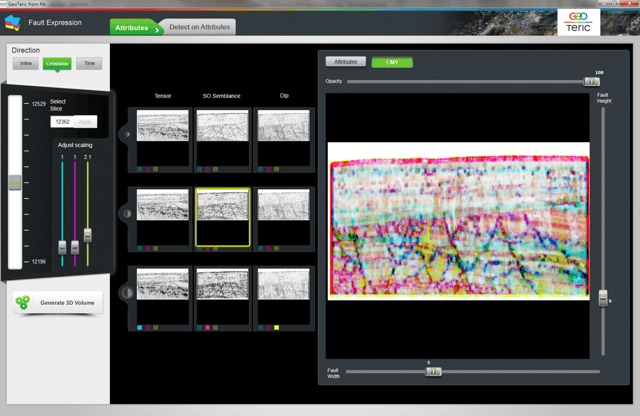Presented at
AAPG Hedberg Research Conference, 2014
by: James Lowell (ffA) Jon Henderson (ffA) Gaynor Paton (ffA) Joe Valenti (ffA)
Seismic interpreters face an enormous challenge to ensure that the ever increasing amounts of data does result in improved exploration success and better recovery. Seismic data contains vast amounts of information and interpreters need to analyse a number of attributes of the data simultaneously to understand the behaviour of geological systems [1]. A high level of cognition is required to collate the different types of information into a single, comprehensive interpretation in which heterogeneous information is progressively transformed into coherent models.
A coherent model begins with an initial “guess”, and the mind continuously adjusts its hypotheses as new information is discerned through more in depth interpretation of the data. With each hypothesis the mind forms a conceptual geological model which it compares to information that is extracted from the available data. Misfits between the conceptual model and the observed data lead to the formation of a new hypothesis, which is then further refined as new information or new data becomes available. This cognitive circularity is known as cybernetics.
Development of an accurate model of the geology imaged in seismic data can be made much more efficient through using techniques that convert seismic images into geological images [2]. Such techniques exploit the abilities of the human visual system and help reduce cognitive overload.
In this paper we look at how the fundamentals of cybernetics can be used to influence the design of techniques for two important aspects of 3-D visualisation and analysis of seismic attributes: attribute selection / parameterisation and object delineation.
Download full paper


